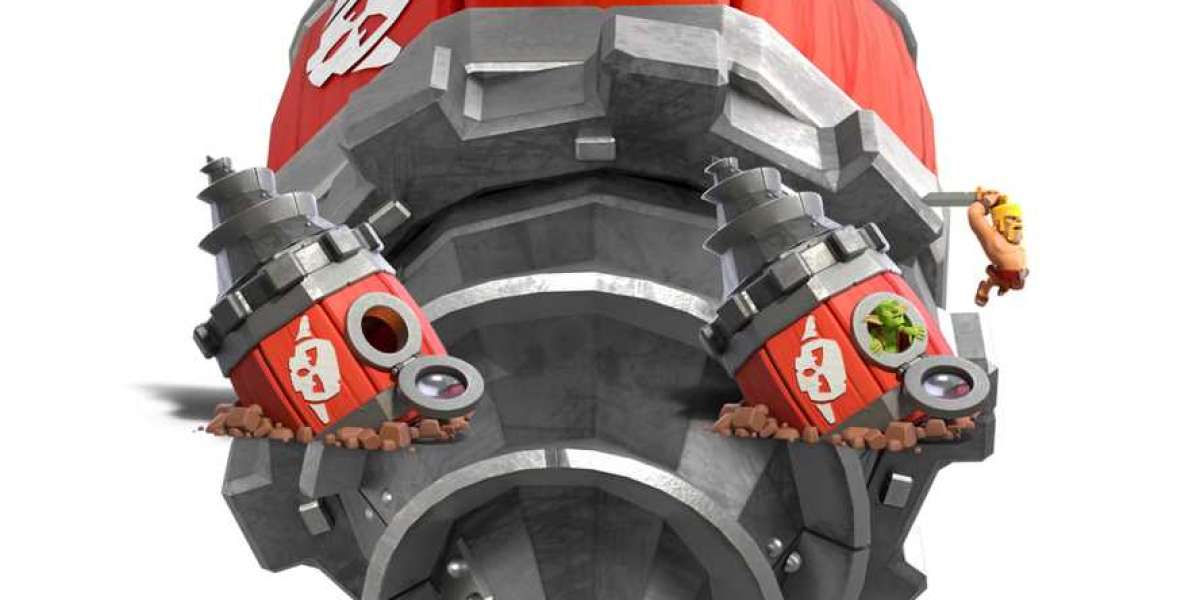Metal foil tapes—thin sheets of aluminum or copper coated with pressure-sensitive adhesive—may seem simple, but their versatility, performance, and reliability make them indispensable across industries. Typically constructed with a ductile metal layer and a high-performance adhesive reinforced by backing or scrim, these tapes deliver shielding, sealing, and insulation in demanding environments.
One primary use is in HVAC and ductwork. Aluminum foil tape offers airtight sealing on joints and seams, preventing air leaks and boosting system efficiency. Its flame-retardant and UL-approved versions are critical for commercial and residential installations where safety codes demand fire resistance. In insulation work, foil tapes create vapor barriers that control condensation and improve thermal performance.
In electronics and electrical engineering, foil tapes provide critical electromagnetic interference (EMI) and radio-frequency interference (RFI) shielding. By wrapping cables, circuit boards, and connectors in conductive foil, they ensure signal integrity and device reliability. Grounding issues are minimized by choosing tapes with high conductivity and low contact resistance. Copper foil is favored where corrosion resistance or superior conductivity is needed, while aluminum is chosen for cost-effectiveness and lightness.
Metal foil tapes are also staples in aerospace and automotive manufacturing. On aircraft, they insulate and shield avionics, HVAC ducts, and fuselage joints, enduring temperature extremes and vibration. In vehicles, they insulate battery enclosures, shield infotainment wiring, and seal thermal management systems. Their resistance to aging, chemicals, and moisture ensures lasting reliability even in harsh conditions.
The adhesives used are typically acrylic-based, compatible with metals and substrates such as plastics, composites, and metals. Some tapes have additional coatings—like polyethylene liners—for moisture protection. Foils may also be laminated with mylar or polyester for mechanical strength without sacrificing flexibility.
Environmental and installation considerations are important. Tapes are selected based on temperature stability (–40 °C to +150 °C or higher) and chemical resistance. Modern developments include low-VOC adhesives for better indoor air quality and halogen-free formulations for sustainable construction. Installers benefit from features such as silicone release liners, conformability for curved surfaces, and die-cut rolls for rapid application.
Sustainability is gaining importance. Aluminum is highly recyclable, and many foil tapes are now sourced from recycled foil, with recyclable cores. Manufacturers are also optimizing adhesives to minimize environmental impact without compromising performance.
Innovation continues: nano-layered foils increase barrier protection while reducing thickness, and antimicrobial-coated tapes are emerging for healthcare HVAC systems. Additionally, conductive tapes with self-adhesive earth straps streamline electronic grounding and EMI mitigation.








